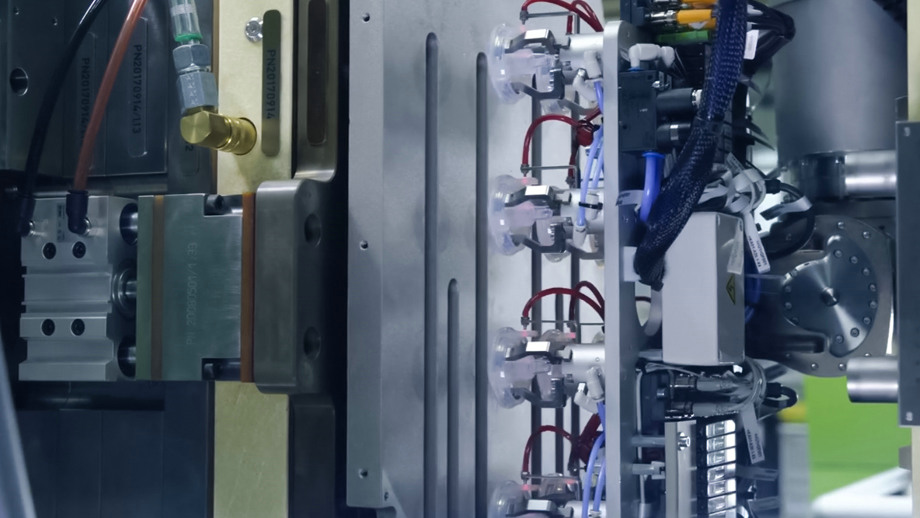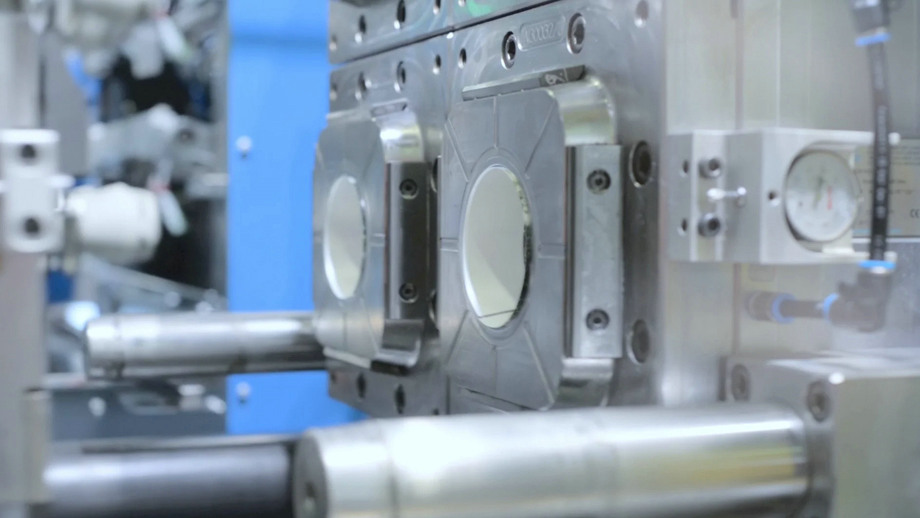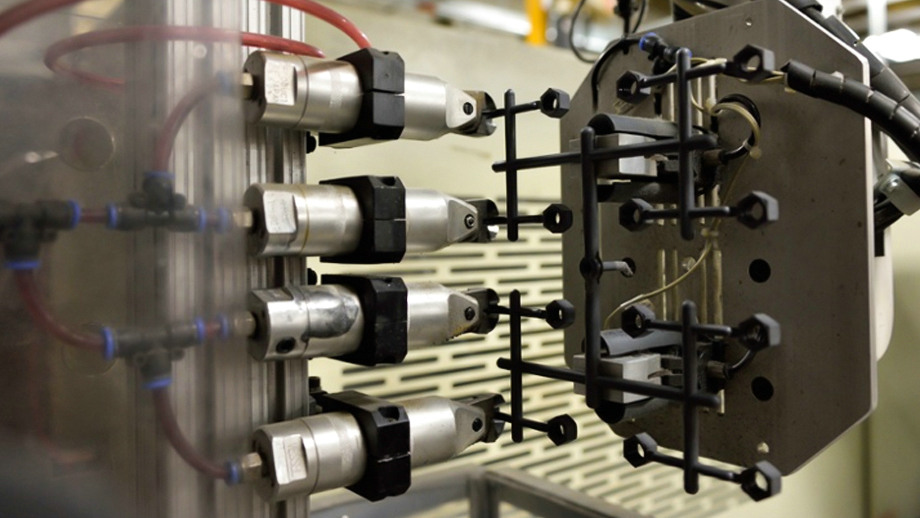Introduction
Injection molding is a crucial process in the automobile manufacturing industry. It is used to produce various parts and components of vehicles, such as door panels, instrument panels, and bumpers. However, like any other manufacturing process, injection molding is prone to defects that can compromise the quality of the final product. In this article, we will analyze the common defects in injection molding in the automobile industry and provide countermeasures to prevent them.

Warping
Warping is the deformation of a molded part caused by uneven cooling or shrinkage. It is a common defect in injection molding, especially with large and flat parts. The main causes of warping are:
- Non-uniform cooling
- Inadequate packing pressure or time
- Inconsistent melt temperature or viscosity
To prevent warping in injection molding, the following countermeasures can be taken:
- Use a mold with a uniform cooling system that ensures even cooling of the part
- Increase packing pressure and time to ensure that the part is fully packed and has uniform density
- Maintain a consistent melt temperature and viscosity by controlling the injection speed and back pressure
Sink marks
Sink marks are depressions or cavities that appear on a molded part. They are caused by uneven cooling or shrinkage, which results in the formation of depression on the surface of the part. Sink marks are a common defect in injection molding, especially with thick parts. The main causes of sink marks are:
- Non-uniform cooling
- Inadequate packing pressure or time
- Thick sections in the part
To prevent sink marks in injection molding, the following countermeasures can be taken:
- Use a mold with a uniform cooling system that ensures even cooling of the part
- Increase packing pressure and time to ensure that the part is fully packed and has uniform density
- Reduce the thickness of the part or add ribs to reinforce it

Flash
Flash is excess material that escapes from the mold and appears as a thin layer on the surface of the part. It is caused by excessive injection pressure, which pushes the molten material out of the mold. Flash is a common defect in injection molding, especially with complex parts. The main causes of flash are:
- Excessive injection pressure
- Poorly designed or worn-out mold
To prevent flash in injection molding, the following countermeasures can be taken:
- Reduce injection pressure to the minimum level required to fill the mold
- Use a well-designed mold that ensures proper alignment and sealing of the mold components
Short shots
Short shots are incomplete parts that are caused by insufficient material filling the mold. They are a common defect in injection molding, especially with complex parts. The main causes of short shots are:
- Inadequate melt temperature or pressure
- Insufficient injection time or speed
- Poorly designed or worn-out mold
To prevent short shots in injection molding, the following countermeasures can be taken:
- Increase melt temperature and pressure to ensure proper filling of the mold
- Increase injection time or speed to ensure that the mold is completely filled
- Use a well-designed mold that ensures proper alignment and sealing of the mold components
Burn marks
Burn marks are dark or discolored areas on the surface of the part. They are caused by overheating of the material during injection molding. Burn marks are a common defect in injection molding, especially with thin parts. The main causes of burn marks are:
- Excessive melt temperature or residence time
- Poor ventilation in the mold
- Inconsistent melt temperature or viscosity
To prevent burn marks in injection molding, the following countermeasures can be taken:
- Reduce melt temperature and residence time to prevent overheating of the material
- Ensure proper ventilation in the mold to prevent air traps
- Maintain a consistent melt temperature and viscosity by controlling the injection speed and back pressure

In conclusion
Injection molding is a crucial process in the automobile industry that requires careful attention to prevent defects. The common defects in injection molding, such as warping, sink marks, flash, short shots, and burn marks, can be prevented by taking appropriate countermeasures. At JS Precision, we are committed to providing high-quality injection molding services that meet the needs of our customers in the automobile industry. Contact us today to learn more about our services!
